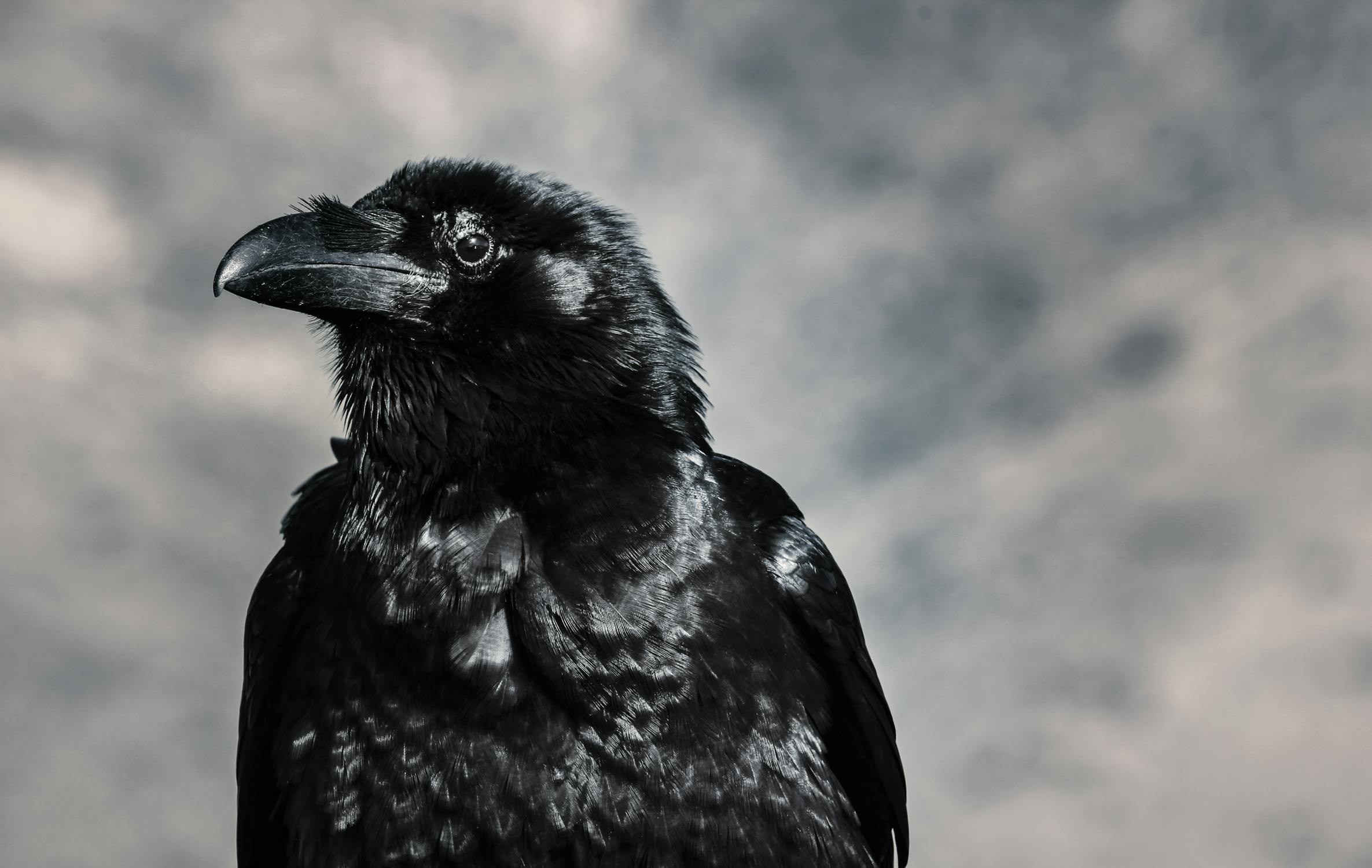Visiting famous historical places like the Roman Baths, Windsor Castle, and Canterbury Cathedral are fantastic ways to get in touch with the unique and beautiful history of England. However, many famous sites are only a few hundred or even a thousand years old. There are far more ancient institutions that are as deeply tied to the land as Stonehenge itself.
I’m talking, of course, about the world of English folklore. This mysterious subject isn’t easily understood. Folklore is a complicated blend of storytelling, superstition, convention and custom that has its roots in practices that went on well before recorded history. Somehow, many of these fascinating ideas still exist – and, in some cases, are even believed – to this day.
Whilst some stories and customs are quaint, others are downright creepy. Either way, you can’t visit the UK without learning a little about our long history of folklore. Here are a few weird and wonderful stories of English folklore that are fun to learn about.
Robin Hood
Due to the production of several Hollywood movies, the story of Robin Hood is well-known throughout the globe. In true folkloric style, however, the tale changes just a little with every new telling. The first ever written incarnation of Robin Hood is a 15th-century ballad named ‘Robin Hood and the Monk’.
In this rather bizarre retelling, Robin Hood places a bet on Little John, who then proceeds to murder a monk and a young boy before rescuing Robin from the King’s dungeon. Certainly not the story we all know and love!
Tom Thumb

The story of Tom Thumb was the first known fairy tale ever to be recorded in English, but who knows when the story was first told. It recounts the story of Tom – a young boy no bigger than his father’s thumb – who goes on adventures around the English countryside.
Amazingly, Tom Thumb seems to be based on a real person. His grave is set in Trinity Church, Lincolnshire. I’m willing to bet he was bigger than a thumb, though…
The Maypole Dance
Folklore comes in a variety of different forms, from stories to traditions and practices. The Maypole Dance is a staple of British customs and one you can take part in yourself. The Maypole Dance involves the wrapping of coloured ribbons around a standing pole through a series of intricate dances and is said to celebrate the coming of spring and summer.
King Arthur

The legends of King Arthur are numerous. Some believe him to be a real King or ancient Britain that repelled the invasions of the Saxons, whilst others believe he exists only in the world of myth. Some even believe he may be a long-forgotten Celtic deity.
Regardless, the many stories of chivalric adventures, mythical creatures and magical swords associated with his name have inspired storytellers for millennia. Some landmarks around the UK are even claimed to be sites upon which the Arthurian legends took place.
Brân the Blessed
Brân is a little-known mythical figure in the UK – a giant said to be King of the Island of the Mighty. Legend has it that, after he died, Brân’s head was buried deep in the earth under the spot where the Tower of London’s White Tower now stands.
It was said that, so long as the head remained there, England would forever be safe from invasion. That is until King Arthur purportedly dug the head up as a show of confidence in his military might.
The Ravens of the Tower

Some folk tales are so deeply embedded within our culture that they remain a part of today’s cultural consciousness. One of those tales is the legend of the Ravens of the Tower.
It is said that if the Ravens were to one day take flight and leave the Tower of London, then the crown and Britain itself would fall. Interestingly, this story has its origins in the tale of Bran the Blessed, whose name translated from Welsh means ‘The Blessed Raven’.
The Ravens of the Tower remain there to this day, and you can visit them on our Tower of London tour. We hope you’ll love exploring the world of English folklore in person!






